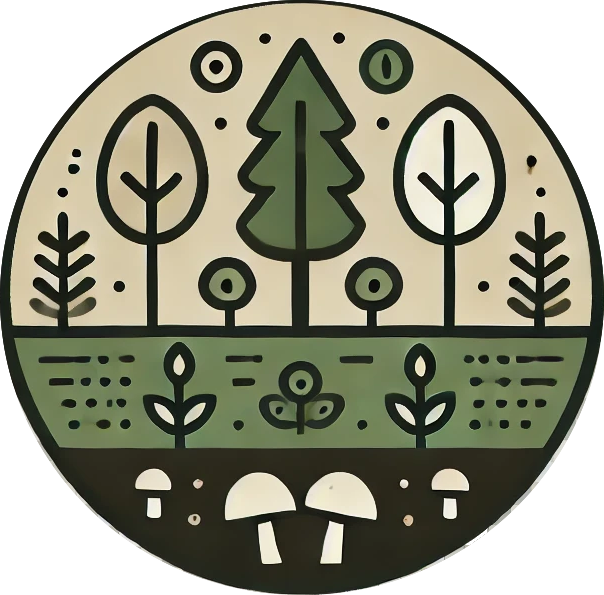Reclaiming Our Forests: Hope and Progress in Ash Tree Restoration

Walking through American forests today, especially in regions like the Midwest and Pacific Northwest, one encounters a stark reminder of ecological vulnerability. The Emerald Ash Borer (EAB)—an invasive beetle from Asia—has decimated millions of ash trees since its detection in 2002. Yet amidst this devastation, a story of resilience, ingenuity, and restoration is quietly unfolding, offering genuine hope for the future of our forests.
Understanding the Threat
The EAB infestation has dramatically impacted native ash species, essential for ecological balance, wildlife habitats, and urban greenery. The larvae burrow beneath the bark, disrupting nutrient flow and ultimately killing the tree. However, nature combined with human innovation is beginning to respond effectively.
Harnessing Genetics for Resilience
Cutting-edge genomic research offers promising solutions. Scientists use genomics-driven monitoring of Oregon ash (Fraxinus latifolia) to identify naturally resistant populations. Genetic markers pinpoint trees that withstand EAB attacks, informing breeding programs aimed at propagating resistant seedlings—foundations for resilient future ash populations.
Slow Ash Mortality: A Strategic Response
Researchers in Oregon have pioneered the "slow ash mortality" strategy, a nuanced approach diverging from traditional pest management. Instead of immediate tree removal, forest managers delay action, observing survivors who offer valuable genetic insights. Early results show improved survival rates, making this method a sustainable EAB management strategy.
Ecological Restoration in Action
Broader ecological restoration practices complement genetic strategies. Effective restoration involves comprehensive methods, such as native species replanting, invasive species control, and habitat rehabilitation. These measures restore forests holistically, enhancing ecological functionality and biodiversity.
Innovative, Circular Approaches
Innovative approaches like circular and regenerative design further enhance restoration efforts. Such strategies encourage ecosystems to regenerate naturally, emphasizing pest resilience through biodiversity and sustainability. These holistic methods aim not only to replace lost ash trees but to build robust, adaptable ecosystems.
Community and Collaboration
Communities and local governments play crucial roles in restoration. Cities like Minneapolis, Detroit, and Portland incorporate second-generation, EAB-resistant ash trees into urban forestry programs. These thriving urban trees symbolize collective resolve and the capacity to recover from ecological crises.
A Vision of Renewal
Though the restoration journey is lengthy, scientific advancements and innovative practices today provide more than hope—they deliver real results. Ash restoration initiatives nationwide actively transform damaged landscapes into thriving, resilient ecosystems.
Our forests are not silent—they resonate with renewal. Continued research, dedicated restoration, and community engagement will ensure ash trees and ecosystems flourish for generations to come.
References
- Melton, A. E., Faske, T. M., Sniezko, R. A., & Thibault, T. (2025). Genomics‐Driven Monitoring of Fraxinus latifolia (Oregon Ash) to Inform Conservation and EAB‐Resistance Breeding. Molecular Ecology. DOI: 10.1111/mec.17640
- Perkins, E., & Ragozzino, M. (2025). Using the Slow Ash Mortality Strategy as a Response to the Introduction of Emerald Ash Borer in Oregon. Portland State University Research Symposium.
- Abella, S. R. (2024). Using Ecological Restoration to Aid Native Forests Afflicted by Invasive Pests. Ecological Restoration, 42(4), 249–263. DOI: 10.3368/er.42.4.249
- Brinen, N. (2025). Constructing Circularity: Seeking Alternative Pathways and Methods of Regeneration. In: Teaching Design for Sustainable Futures. DOI: 10.4324/9781003495444-6
